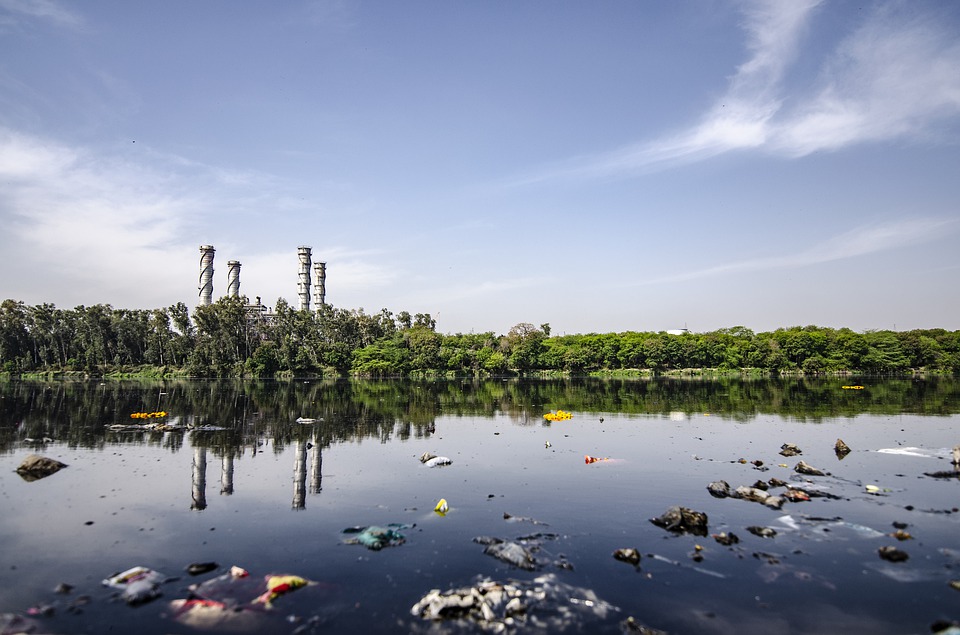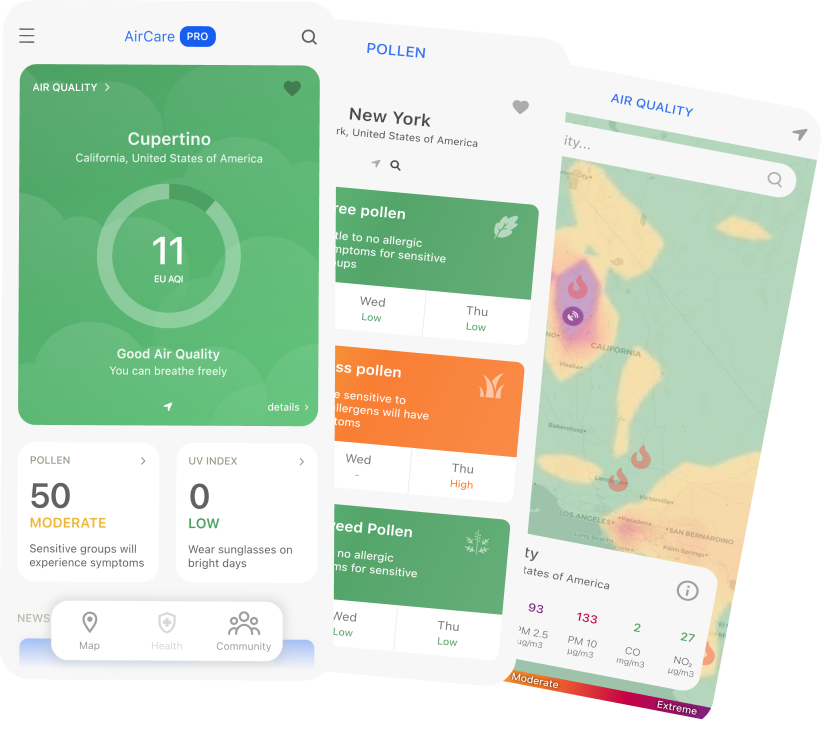Pollution refers to the introduction of contaminating substances into the environment. These harmful substances are called pollutants. Pollutants damage the quality of land, water, and air.
Today, we decided to take a look at the seven types of pollution and their effect on the environment.

1. Air Pollution
Air is made up of approximately 87 percent nitrogen and 21 percent oxygen. It also has small amounts of lots of other gases, such as hydrogen, neon, and carbon dioxide. When the air becomes polluted with other substances such as poisonous particles or gasses, it can cause serious health issues.
Some common causes of air pollution include carcinogenic gases released through the burning of wood, rubber, and plastic, smoke emitted by thermal power plants and factories that burn coal, and exhaust gases emitted by motor vehicles that burn diesel and petrol.
2. Water Pollution
The release of harmful elements into the water bodies like ponds, lakes, streams, estuaries, oceans, and rivers causes water pollution.
Water is something that all living organisms depend on to live, and water pollution impacts every level of the ecosystem, including human health. Common causes of water pollution include oil spills, detergents, fertilizers, pesticides, insecticides, and industrial waste.
3. Soil Pollution
Soil pollution is defined as the presence of toxic chemicals (contaminants or pollutants) in the soil in concentrations that are high enough to present a risk to the ecosystem and/or human health.
The primary chemical elements responsible for soil pollution are petroleum hydrocarbons, aromatic hydrocarbons, pesticides, lead, and other chemicals.
4. Radioactive Pollution
Radioactive pollution is an increase in the levels of natural radiation caused by human activities, and it usually comes from the nuclear power industry.
It can come from the accidental release of radioactive substances when there is damage to a nuclear reactor, or when radioactive waste Is improperly disposed of or dumped and then makes its way into bodies of water.
5. Light Pollution
Light pollution is the excessive or inappropriate use of artificial light, and it can have serious environmental consequences for wildlife, humans, and our climate.
Ecosystems are disturbed by light pollution by disrupting plant growth and pollination, altering predator-prey relations, and confusing animal navigation.
6. Noise Pollution
Noise pollution refers to an overabundance of unpleasant sounds originating from transportation, heavy machinery, infrastructure, human occupation, or industry being released into the environment.
In humans, noise pollution can affect both physical and mental health and has been linked to hypertension, hearing loss, high levels of stress, and sleep disturbances.
7. Thermal Pollution
Thermal pollution is the rise or fall in the temperature of a natural body of water as a result of human influence. Unlike chemical pollution, thermal pollution results in a change in the physical properties of water.
A common source of thermal pollution is industrial manufacturers and power plants that utilize water as a coolant. Some other sources of thermal pollution include reservoirs and urban runoff – stormwater discharged to surface waters from parking lots, roads, and rooftops.
Final Thoughts
As you can see, pollution occurs in different forms, such as air, water, soil, noise, radioactive, light, and thermal pollution. We hope that you understand these occurrences better now that we’ve discussed the different types of pollution and their effects on the environment and mankind.
Do you want to know the quality of the air you breathe? Download AirCare – our free mobile app that tracks air pollution from your pocket, and check out the AirCare blog!





